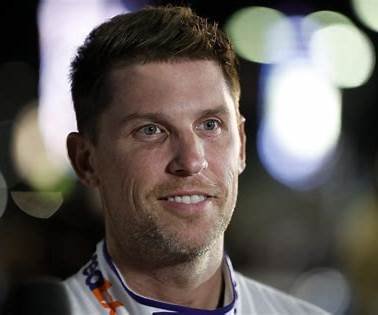
Introduction
When one thinks of Denny Hamlin, images of roaring engines, checkered flags, and high-stakes finishes likely spring to mind. But lately, the spotlight on Hamlin isn’t only about what he does behind the wheel—it’s about him stepping into the courtroom and navigating one of the most significant legal disputes in NASCAR’s recent history. This article breaks down why Hamlin is part of a lawsuit against NASCAR, what happened on and after the track, and how he’s responding post-race.
Who is Denny Hamlin?


Denny Hamlin is an accomplished driver in the NASCAR Cup Series, representing a blend of speed, tenacity and experience. He competes for Joe Gibbs Racing and has built a reputation as one of the sport’s most consistent contenders. Over his career he has racked up numerous wins and has been a perennial playoff presence.
But Hamlin is also co-owner of 23XI Racing (alongside NBA legend Michael Jordan and businessman Curtis Polk). That dual role—driver and team owner—puts him in a unique position in the sport and is central to the lawsuit discussed below.
Why is He Suing NASCAR?
The legal battle stems from a broader dispute involving 23XI Racing and another team, Front Row Motorsports, against NASCAR. Here are the key elements:
-
The dispute centres around the charter system in NASCAR. Charters guarantee teams entry into races, share of revenue, and certain protections. 23XI and Front Row say the terms they were offered under the updated charter agreement are unfair.
-
The teams allege antitrust violations — arguing that NASCAR’s terms and hold on charters restrict competition unfairly. In short: they claim NASCAR behaves like a monopoly.
-
NASCAR counters the argument, contending that the charter system and its terms are standard within sports and that the teams accepted those terms.
-
A key legal development: the court denied a motion for preliminary injunction that would have kept the teams as chartered for the rest of the season. This means their charter status was in jeopardy.
-
Even more recently, NASCAR stated it’s confident there is no bias or undue penalty aimed at Hamlin despite his team’s lawsuit.
In essence, Hamlin’s lawsuit involvement is about trying to secure fair treatment under the charter system while still actively competing on the track.
What Happened on the Track?
On the competitive side, Hamlin has had a dramatic season:
-
In the final race of the 2025 season at the Phoenix Raceway, Hamlin was in contention to win the championship, but everything didn’t go his way.
-
A late caution significantly impacted his campaign: after what appeared to be a strong run, the caution changed the dynamics and cost him the title. Hamlin was visibly shocked and emotional after the race.
-
Post-race reaction: Hamlin sat in his car on pit road, wiping his face with a towel, trying to comprehend what had unfolded. His team, his fiancée and crew were visibly supporting him.
-
After the race, he openly questioned the use of overtime in the final race and expressed frustration with how the ending played out.
So—while the lawsuit is a major off-track story, on-track he was battling to add another championship to his resume and came up short.
How the Legal Dispute Might Influence On-Track Results
The overlap of legal conflict and competition raises interesting questions:
-
Some fans and commentators wondered if Hamlin’s lawsuit might somehow affect how NASCAR treats him on track—especially around penalties or officiating. NASCAR denied that fear, stating their officiating is transparent and polished.
-
The risk for 23XI: If their charter status is compromised, they may become “open” teams (rather than chartered), meaning less guarantee of entry, smaller revenue shares, and more pressure to qualify by speed. That could impact resources, competitiveness and driver focus.
-
For Hamlin personally: balancing being a top driver and a part-owner embroiled in litigation is no small feat. The distractions, financial implications and uncertainty could weigh on performance or team morale—even if indirectly.
So while no direct penalty or bias has been proven, the legal atmosphere certainly adds another layer of tension.
What’s Next for Hamlin & 23XI Racing?
Looking ahead:
-
The lawsuit is moving toward trial in December 2025. The outcome could reshape how NASCAR handles charters and team rights.
-
23XI and Front Row must continue competing with the uncertainty of charter status looming. They’ll need to remain financially viable even as resources may be stretched.
-
For Hamlin: Focus will likely be on returning strong in the next season, while simultaneously supporting his team’s ownership interests and legal position. The dual role may continue to shape his on-track decisions and off-track priorities.
Conclusion
Denny Hamlin’s story right now isn’t just about chasing another title—it’s about challenging the system behind the sport he competes in. From a heartbreaking race finish at Phoenix to his role in a landmark legal dispute, Hamlin stands at the crossroads of performance and principle. Whether he crosses the finish line first or fights in the courtroom, his actions are shaping not just his legacy, but perhaps the future of NASCAR themselves.

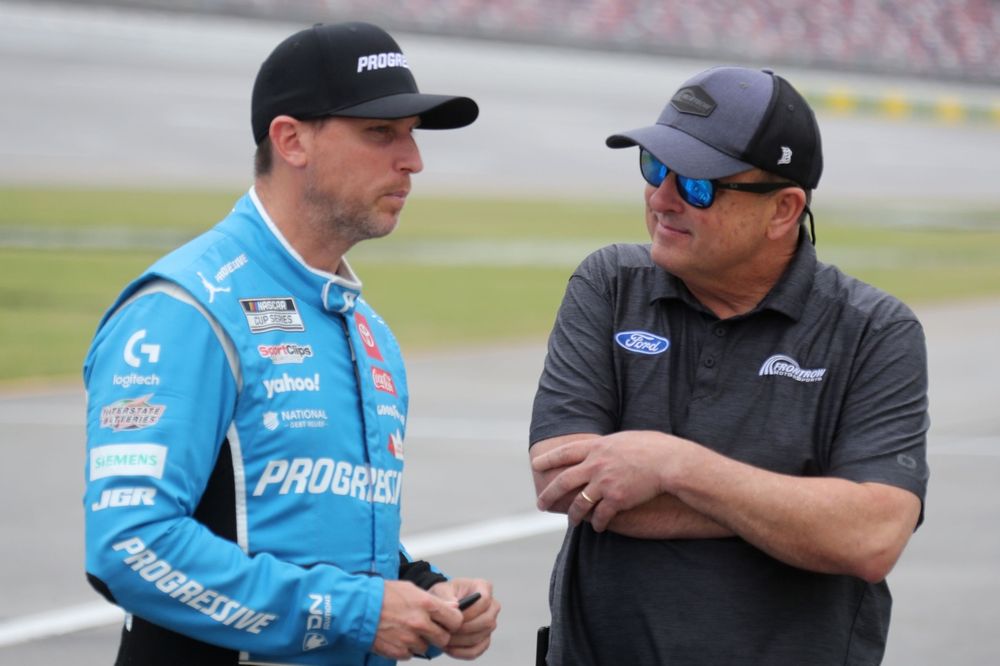






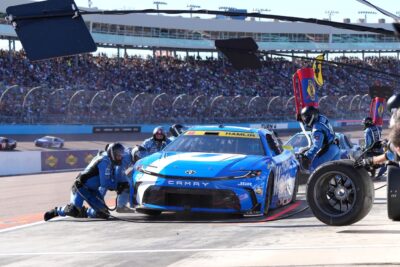
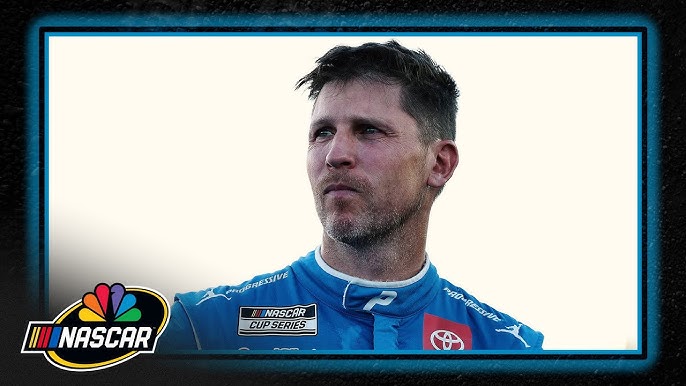

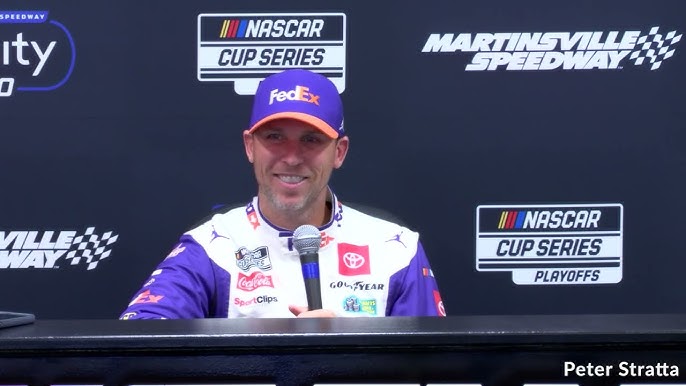
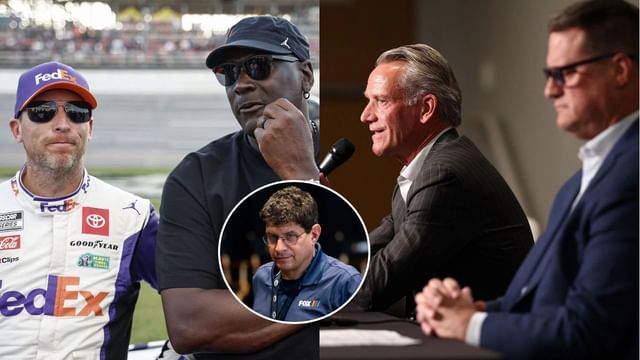
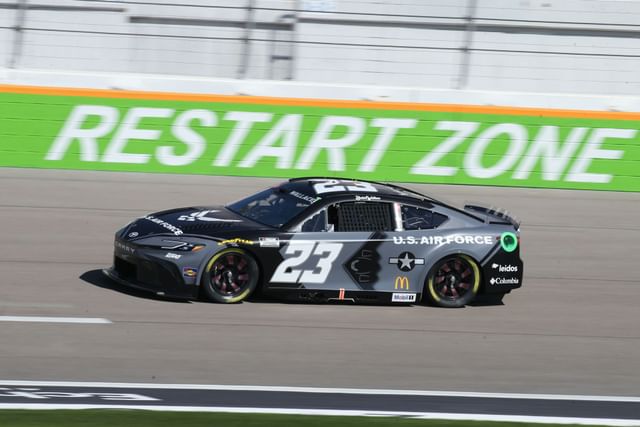




Leave a Reply